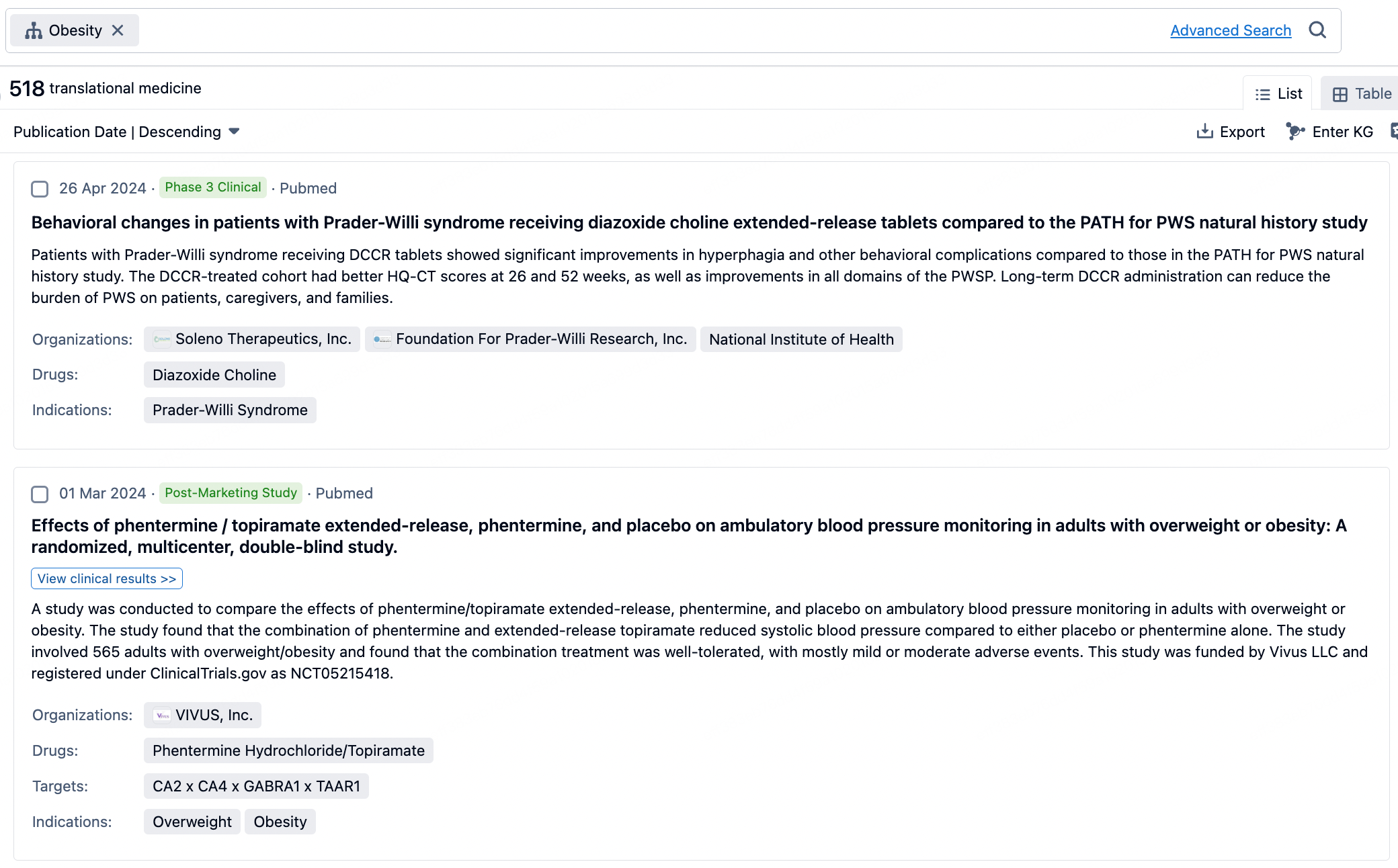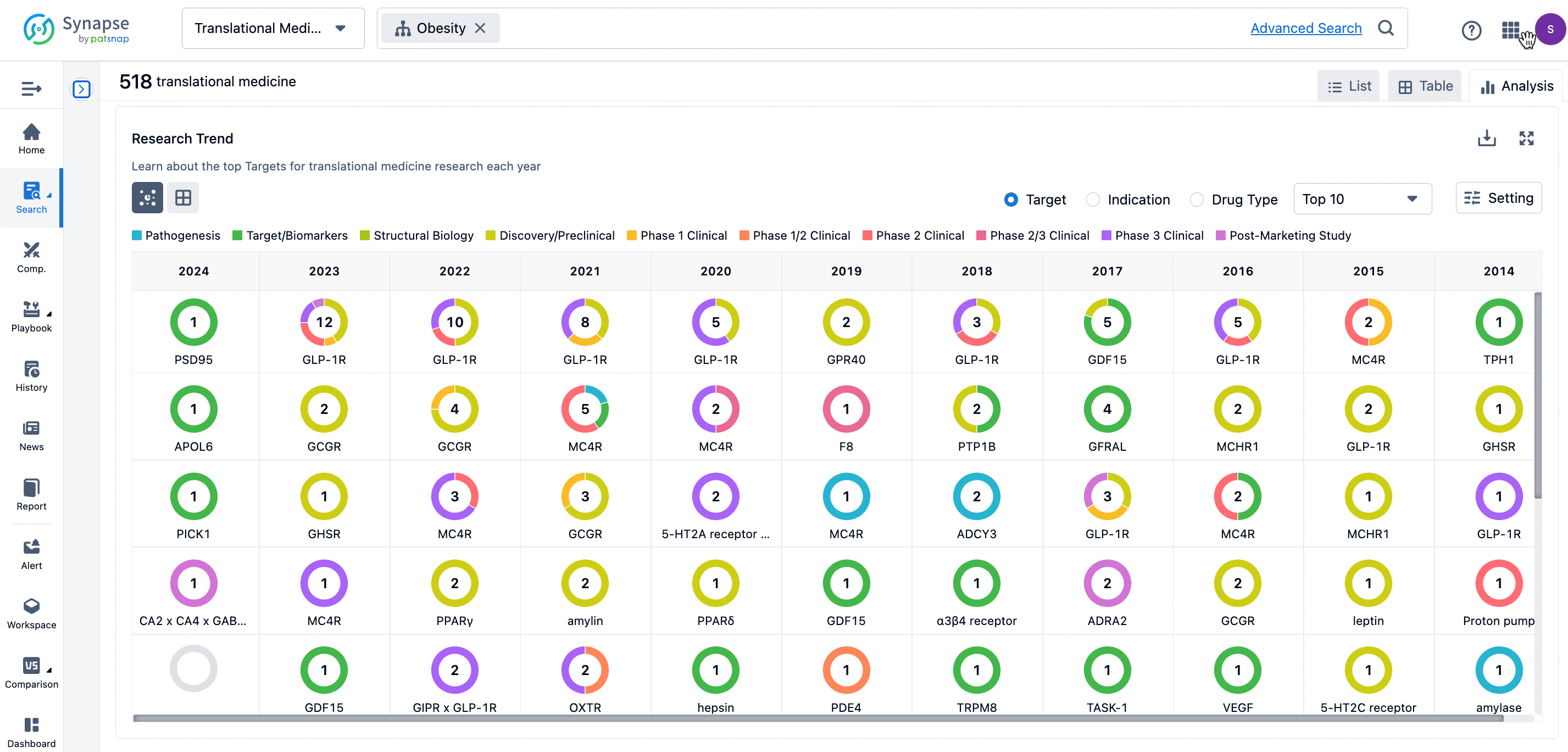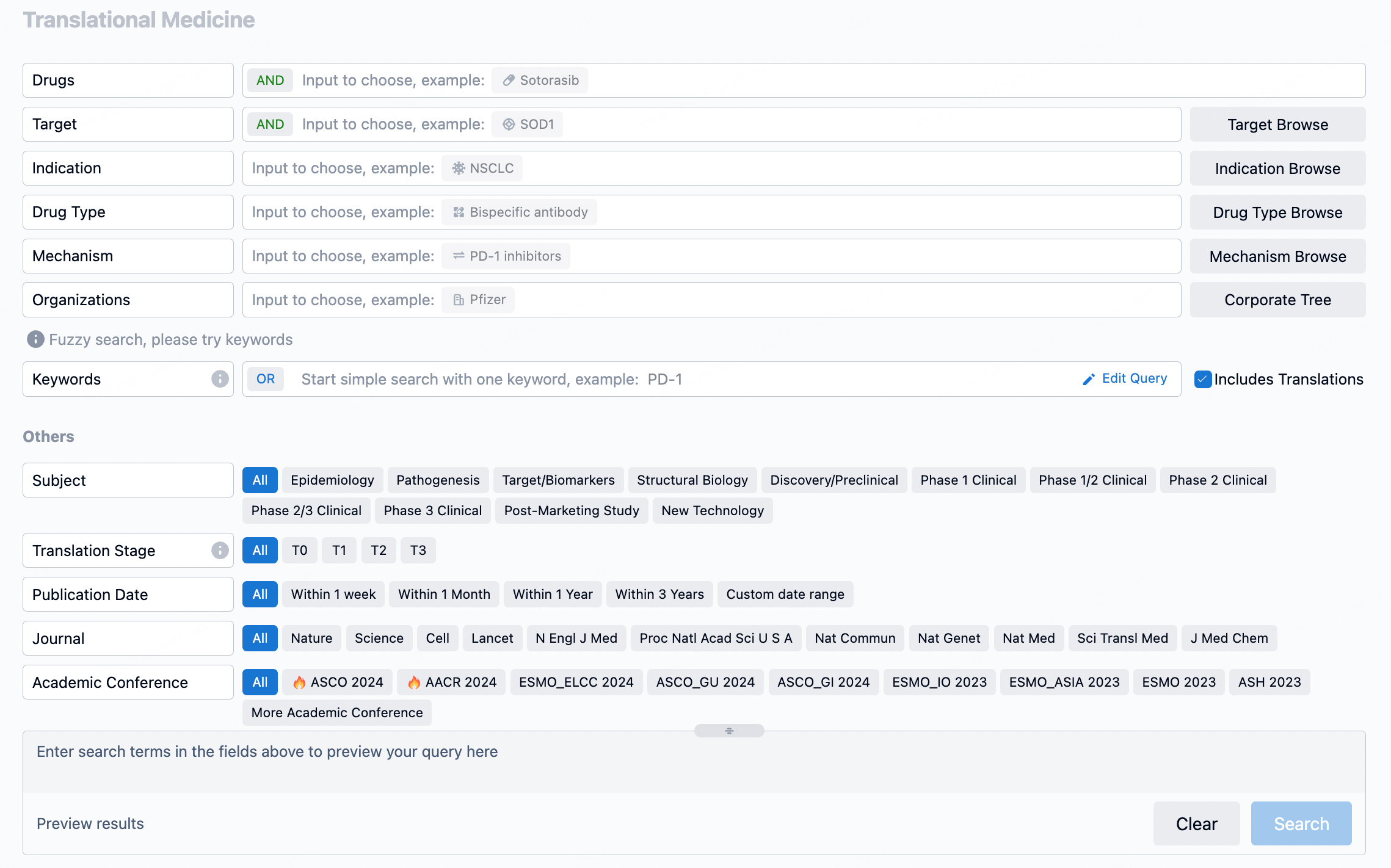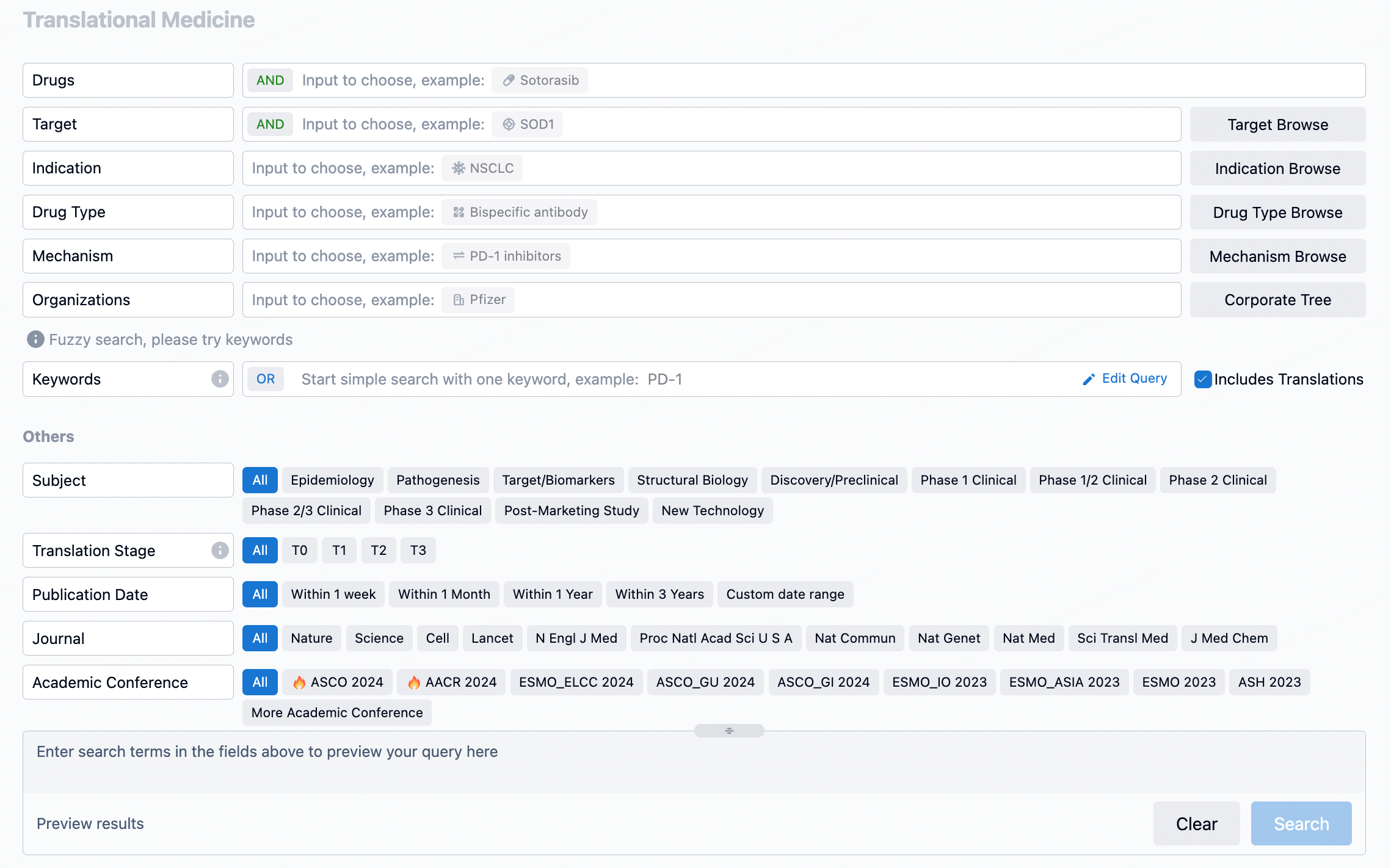BAY-218: A Breakthrough in Targeting Tumor Immunosuppression through AhR Inhibition
Many tumors overexpress enzymes like IDO1 and TDO2, leading to the conversion of tryptophan into immunosuppressive kynurenine. This process is mediated through the activation of the aryl hydrocarbon receptor (AhR). Inhibiting AhR could potentially restore T-cell function and promote tumor rejection. However, finding specific AhR inhibitors has been considered difficult due to the receptor's preference for polyaromatic ligands, such as TCDD.
A high-throughput screening of 4 million compounds was conducted, resulting in a diverse set of leads after applying strict lead-likeness criteria. Among the drug-like compounds identified, 1,3-diaryl-pyrazin-6-one-5-carboxylic amides emerged as a prime lead series. Extensive structure-activity relationship studies and in vitro validations were carried out, with a focus on enhancing lipophilicity efficiency to achieve a balance between potency and favorable pharmacokinetics and CYP450 interactions.
Several promising candidates were selected for in vivo evaluation, with BAY-218 demonstrating significant therapeutic effects comparable to those of immune checkpoint inhibitors. The combination of BAY-218 with an anti-PD-L1 antibody showed enhanced therapeutic benefits. This research has successfully identified 1,3-diaryl-pyrazin-6-one-5-carboxylic amides as a novel class of AhR inhibitors and determined the key structural features that contribute to their therapeutic profile.
The study was presented by Norbert Schmees and colleagues at the American Association for Cancer Research Annual Meeting in 2019, highlighting BAY-218 as a potent and selective AhR inhibitor, offering a new approach to overcoming tumor-induced immunosuppression.
How to Use Synapse Database to Search and Analyze Translational Medicine Data?
The transational medicine section of the Synapse database supports searches based on fields such as drug, target, and indication, covering the T0-T3 stages of translation. Additionally, it offers a historical conference search function as well as filtering options, view modes, translation services, and highlights summaries, providing you with a unique search experience.
Taking obesity as an example, select "obesity" under the indication category and click search to enter the Translational Medicine results list page. By clicking on the title, you can directly navigate to the original page.

By clicking the analysis button, you can observe that GLP-1R treatment for obesity has gained significant attention over the past three years, with preclinical research still ongoing in 2023. Additionally, there are emerging potential targets, such as GDF15, among others.

Click on the image below to go directly to the Translational Medicine search interface.

